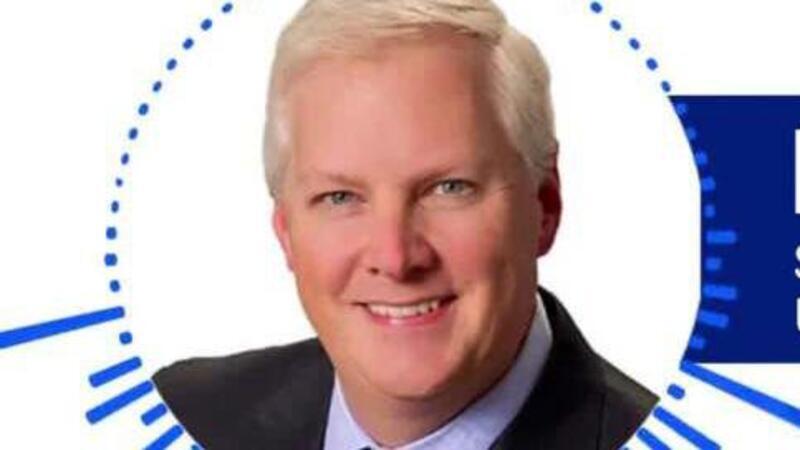The Federal Reserve (Fed) is currently implementing monetary policies to counter high rates of inflation, but progress has been slow and inflation, although coming down, remains stubbornly high.
According to a release by U.S. Bank, the Fed has raised interest rates three times in 2023 with the Federal Open Market Committee (FOMC) raising the short-term target federal funds rate to a range of 5% to 5.25% on May 2, and while rate increases are expected to be on pause for the rest of the year, they're not completely off the table.
“The sum total of all of these comments may be to temper the market’s expectation that the Fed will begin cutting the fed funds rates before the end of the year,” said Rob Haworth, senior investment strategy director at U.S. Bank Wealth Management, according to the release. “Nevertheless, markets continue to anticipate Fed rate cuts before the end of 2023.”
These measures seem to have accomplished their intended purpose of easing rising rates of inflation with numbers dropping in late 2022 and early 2023, according to the release. As of April 2023, living costs rose 4.9% over the previous 12 months, a drop of 4.2% from the 12-month period ending in June 2022. This is still more than double the 2% interest rate that the FOMC is aiming for.
During the COVID-19 pandemic, the Fed implemented a “quantitative easing” policy under which it purchased longer-term securities, including U.S. treasuries and mortgage-backed bonds, according to the release. Increasing demand for bonds helped keep long-term interest rates low.
Since September 2022, the Fed has reversed this policy by following a "quantitative tightening" policy and not purchasing new securities to replace maturing bonds, causing its portfolio to shrink by about $95 billion, or 1%, each month. By putting less liquidity in the market, it's up to other investors to generate demand for bonds; however, beginning in March, the Fed was forced to add liquidity to the banking sector as a result of several potential bank collapses.
Raising interest rates is a strategy meant to counter inflation that typically causes a downturn in the job market as employers slow hiring and investments as a result of the higher cost of borrowing.
According to Haworth, the Fed gauges wage growth to determine the effectiveness of inflation countermeasures.
“If wage growth slows, it signals to the Fed that the labor market may finally be showing signs of weakness,” Haworth said.
Fed Chair Jerome Powell stated that, although raising interest rates could cause a softening of the labor market, restoring price stability will eventually help achieve maximum employment; however, this strategy is being complicated by historically-low unemployment rates as employers raise wages to attract and retain employees.
Reports show that wages rose 5.1% for the year ending in March 2023, an increase from the year before.
Bringing down inflation remains the Fed's primary goal, and Haworth says that each rate increase could take from six to 12 months to have an impact on the economy. There have been concerns that the Fed's inflation countermeasures will lead the economy into a recession.
“There’s a growing expectation that corporate earnings will suffer if the economy slows, and that factor was not priced into the stock market during its earlier setbacks in 2022,” Haworth said. “How slow the economy will get depends, in part, on events that are going on around us. If inflation suddenly spikes up again, that could create more challenges.”





